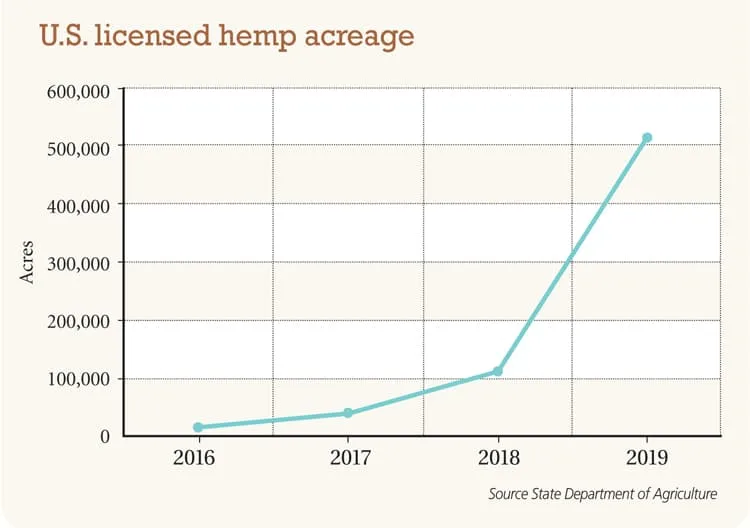Hemp acreages explode with Farm Bill passage
Cannabis: The Next Frontier

In the past year, nearly 2,000 people have registered nearly 86,000 acres of land in Colorado on which to grow industrial hemp.
Of those acres, farmers have planted approximately 45,000 acres, hoping to cash in on a crop that can be used in what seems to be an endless list of products — from health products to concrete-like material used in construction.
 There are also 13.8 million square feet of indoor space in the state registered to grow industrial hemp, which is grown from a variety of…
There are also 13.8 million square feet of indoor space in the state registered to grow industrial hemp, which is grown from a variety of…
THIS ARTICLE IS FOR SUBSCRIBERS ONLY
Continue reading for less than $3 per week!
Get a month of award-winning local business news, trends and insights
Access award-winning content today!



